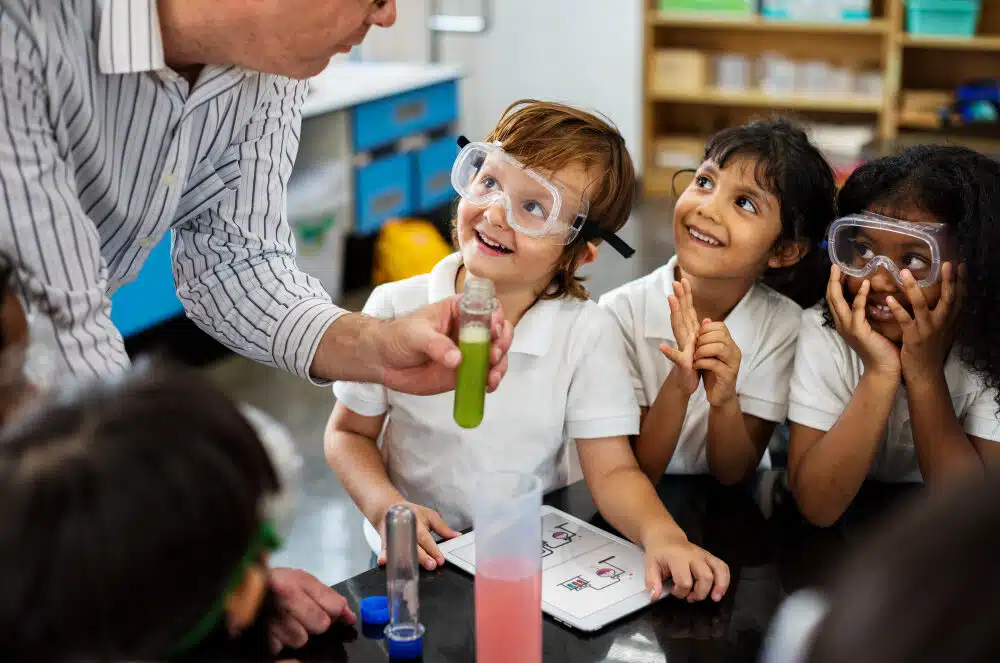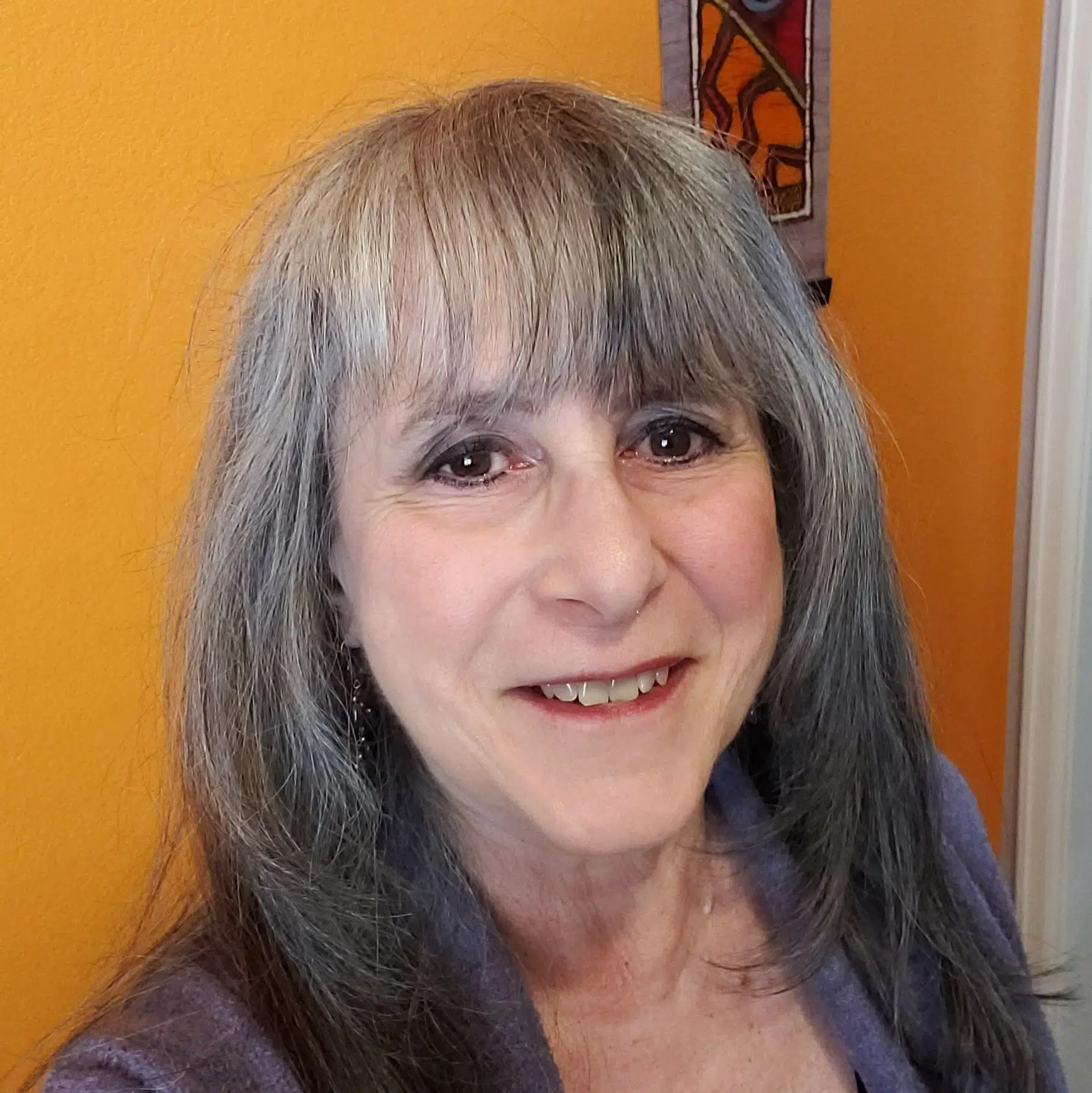Table of Contents
What is a culture of learning? The Association for Talent Development (2023) says, “A culture of learning, or learning culture, is one in which employees continuously seek, share, and apply new knowledge and skills to improve individual and organizational performance.
How to Pursue A Culture of Learning
The importance of the pursuit and application of learning is expressed in organizational values. It permeates all aspects of organizational life.” Notice the focus on business in this definition. Senge (2006) talks about organizations “where people continually expand their capacity to create the results they truly desire, … and where people are continually learning how to learn together.”
For our purposes, let’s think about a culture of learning as a collection of mindsets, thinking habits, and skills that empower us to engage and collaborate in a self-regulated and sustained manner.
Leveraging Funds of Knowlege to Cultivate A Culture of Learning
This new culture of learning requires new networks to help with the support and fluidity required to foster learning today. Think about the academic and personal networks our students and educators are involved with. Consider the funds of knowledge that each group brings to the learning opportunity. These frame how we gather that information and tap into it to deepen the networks where learning occurs naturally.
Funds of Knowledge are collections of knowledge based in cultural practices, work experience, or daily routine. It is the knowledge and expertise that students and their family members have because of their roles in their families, communities, and culture. Think about what academic learning occurs in social networks and vice versa.
While a multitude of elements comprises a culture of learning, a handful rises to the surface in conversations with educators: trust, mindset, empowerment, support, curiosity, intentionality, and practice; these elements empower students to transform into learners, as do habits of mind that foster a culture of learning. Namely, inquiry to challenge thinking, personal awareness and reflection, and infrastructures promoting practice.
Habits Created in a Culture of Learning
These elements and habits foster self-regulated learners. And they support the SEL competencies outlined by CASEL: self-awareness, self-management, social awareness, relationship skills, and responsible decision-making.
Richard Thaler and Cass Sunstein’s “nudge theory” (2008) shared that we can structure the environment by using choice architecture to encourage good choices. It matters when we take the feedback they provide and use it to adjust.
When educators provide learners with immediate, effective feedback and the opportunity to use it, different learning choices are made by those learners. Senge (2006) said, “Learning infrastructures don’t leave learning to chance. It’s about setting up that choice architecture so that students are encouraged to make choices that will transform them into life-long learners.”
Foundational Resilience
SEL is foundational for developing resilience. Resilience is the process of adapting well in the face of adversity, trauma, tragedy, threats, or significant sources of stress. Resilience implies that one has learned skills to successfully handle everyday life. Learning and practicing these skills helps students better adapt to what life brings.
SEL can and should be an integral part, systemic and systematic, of a community’s system of support. The educational ecosystem is broad – students, families, and the community, the well-being of that ecosystem and its social-emotional health is critical. Students with greater social-emotional competence are more likely to succeed after high school, have positive relationships, and become engaged citizens. How can we separate academic achievement from SEL?
Resources
- Senge, P. (2006). The fifth discipline: The art & practice of the learning organization. Doubleday.
- Thaler, R. H. & Sunstein, C. R. (2008). Nudge: Improving decisions about health, wealth, and happiness. Yale Press.



